EU declaration conformity
Fan speed controller | Modbus RTU | 115 - 230 VAC | 2,5 A
Product description
This is a transformer fan speed controller with Modbus RTU communication. It's designed for manual or demand-based fan speed regulation of single-phase motors, handling a maximum current of 2.5 A with a supply voltage of 115 - 230 VAC.
The controller uses autotransformer technology to vary motor voltage, ensuring a perfect sinusoidal waveform and quiet operation. A special impregnated coating on the autotransformer reduces electrical noise.
Control is highly flexible, allowing for regulation via a potentiometer, Modbus I/O module, a BMS system, or based on environmental parameters like temperature, humidity, CO2, and air quality.
The unit is housed in an IP54-rated enclosure for surface mounting.
Documents
Additional specifications and description
What are the Core Advantages of Transformer-Based Fan Speed Controllers?
Transformer controllers offer a straightforward and cost-effective solution for speed control of most electric motors. One significant benefit of these control units is the ability to adjust the motor speed without generating electromagnetic excitation. This feature makes transformer-based control units highly suitable for noise-sensitive environments. Although the controller produces some noise, the controlled motor works silently and smoothly. So, by opting for a transformer fan speed controller, you can enjoy silent motor operation, easy stepped control, and a long-lasting controller at an affordable price.
How is Modbus RTU Utilized for Control in This Fan Speed Controller?
This protocol has gained widespread acceptance as a serial protocol due to its user-friendly nature and reliability. Modbus RTU finds extensive application in Building Management Systems (BMS) and Industrial Automation Systems (IAS).
This fan speed controller can be operated via Modbus RTU control signal. In manual mode, this can be done via a BMS system or a Modbus RTU slave device. The requested fan speed is written in Modbus register 12. In automatic mode, the fan speed controller offers the flexibility of connecting various devices for automated control. Options include the integration of a Sentera HVAC sensor, a DADCM 0-10 V module, or an SPV-series digital potentiometer to the RTVS8 controller. The specific connected device can be selected and specified via Modbus register 18. The fan speed is then controlled by the connected device. Therefore, in automatic mode, the fan speed can be precisely regulated through a 0-10 V signal, which can be based on parameters such as temperature, relative humidity, CO2 levels, air quality (TVOC), carbon monoxide levels, or the SPV-series potentiometer.
Thanks to Modbus RTU, the fan speed controller provides a versatile and customizable solution for efficient fan speed control, whether through manual adjustment or automated regulation based on various environmental factors.
What Are the Manual and Automatic Operating Modes of the Unit?
Transformer controllers offer a straightforward and cost-effective solution for speed control of most electric motors. One significant benefit of these control units is the ability to adjust the motor speed without generating electromagnetic excitation. This feature makes transformer-based control units highly suitable for noise-sensitive environments. Although the controller produces some noise, the controlled motor works silently and smoothly. So, by opting for a transformer fan speed controller, you can enjoy silent motor operation, easy stepped control, and a long-lasting controller at an affordable price.
How is Modbus RTU Utilized for Control in This Fan Speed Controller?
This protocol has gained widespread acceptance as a serial protocol due to its user-friendly nature and reliability. Modbus RTU finds extensive application in Building Management Systems (BMS) and Industrial Automation Systems (IAS).
This fan speed controller can be operated via Modbus RTU control signal. In manual mode, this can be done via a BMS system or a Modbus RTU slave device. The requested fan speed is written in Modbus register 12. In automatic mode, the fan speed controller offers the flexibility of connecting various devices for automated control. Options include the integration of a Sentera HVAC sensor, a DADCM 0-10 V module, or an SPV-series digital potentiometer to the RTVS8 controller. The specific connected device can be selected and specified via Modbus register 18. The fan speed is then controlled by the connected device. Therefore, in automatic mode, the fan speed can be precisely regulated through a 0-10 V signal, which can be based on parameters such as temperature, relative humidity, CO2 levels, air quality (TVOC), carbon monoxide levels, or the SPV-series potentiometer.
Thanks to Modbus RTU, the fan speed controller provides a versatile and customizable solution for efficient fan speed control, whether through manual adjustment or automated regulation based on various environmental factors.
What Are the Manual and Automatic Operating Modes of the Unit?
The unit can be controlled both in automatic mode or in manual mode. In manual mode, the unit functions as a 5-step controller. In automatic mode, the unit can be connected to a Sentera device allowing the unit to be used for demand-based ventilation. Whether operating in manual or automatic mode, the fan speed controller provides a versatile solution for effectively managing airflow and maintaining desired indoor conditions.
How Do Forward and Reverse Modes Affect Fan Speed Control in Automatic Operation?
When operating the fan speed controller in automatic mode, users have the option to choose between forward or reverse mode. In forward mode, as the measured value increases, the fan speed will also increase. On the other hand, in reverse mode, the fan speed decreases as the measured value increases. This mode offers a different control strategy where the fan slows down as the environmental conditions improve or reach the desired setpoints.
What is the Functionality and Control of the Unregulated Output?
How Do Forward and Reverse Modes Affect Fan Speed Control in Automatic Operation?
When operating the fan speed controller in automatic mode, users have the option to choose between forward or reverse mode. In forward mode, as the measured value increases, the fan speed will also increase. On the other hand, in reverse mode, the fan speed decreases as the measured value increases. This mode offers a different control strategy where the fan slows down as the environmental conditions improve or reach the desired setpoints.
What is the Functionality and Control of the Unregulated Output?
The controller features an extra, unregulated output (115 - 230 VAC, depending on the supplied voltage). It can be selected via Modbus register 19. The functionality of this output can be configured using Modbus register 19. By default, the unregulated output is set to indicate alarms, providing a visual signal in case of faults. Alternatively, the unregulated output can be controlled through Modbus register 15.
How Does the Controller Protect Motors from Overheating?
The fan speed controller features monitoring thermal motor contacts (TK), which measure the temperature of the motor windings. This feature is important for ensuring the safe operation of the motor. In the event of motor overheating, the TK monitoring function is designed to automatically disable the motor to prevent any potential motor damage. However, not all motors may be equipped with TK contacts. In such cases, it is necessary to disable the TK monitoring function in order to avoid any compatibility issues or unnecessary alarms. This is done via Modbus register 14 by disabling the TK monitoring function when no TK contacts are present.
What is the Controller's Behavior During and After a Power Failure?
In case of a power failure, this controller will automatically reset itself. When the power is restored, the motor will restart automatically.
What Do the Indication Lights on the Controller Signify?
The RTVS8 features indication lights on the enclosure. These indicate the status of the device – powered, active Modbus communication, alarms, unregulated output status and currently active step.
What are the Enclosure's Material, Protection, and Mounting Features?
The enclosure is made of high-quality r-ABS plastic and in order to guarantee its impeccable quality, it is manufactured in our own factory. The material is exceptionally heat resistant, very tough and offers good protection against impacts. The enclosure can be surface mounted and offers an IP54 protection against ingress of dirt, dust and moisture.
How Does the Controller Protect Motors from Overheating?
The fan speed controller features monitoring thermal motor contacts (TK), which measure the temperature of the motor windings. This feature is important for ensuring the safe operation of the motor. In the event of motor overheating, the TK monitoring function is designed to automatically disable the motor to prevent any potential motor damage. However, not all motors may be equipped with TK contacts. In such cases, it is necessary to disable the TK monitoring function in order to avoid any compatibility issues or unnecessary alarms. This is done via Modbus register 14 by disabling the TK monitoring function when no TK contacts are present.
What is the Controller's Behavior During and After a Power Failure?
In case of a power failure, this controller will automatically reset itself. When the power is restored, the motor will restart automatically.
What Do the Indication Lights on the Controller Signify?
The RTVS8 features indication lights on the enclosure. These indicate the status of the device – powered, active Modbus communication, alarms, unregulated output status and currently active step.
What are the Enclosure's Material, Protection, and Mounting Features?
The enclosure is made of high-quality r-ABS plastic and in order to guarantee its impeccable quality, it is manufactured in our own factory. The material is exceptionally heat resistant, very tough and offers good protection against impacts. The enclosure can be surface mounted and offers an IP54 protection against ingress of dirt, dust and moisture.

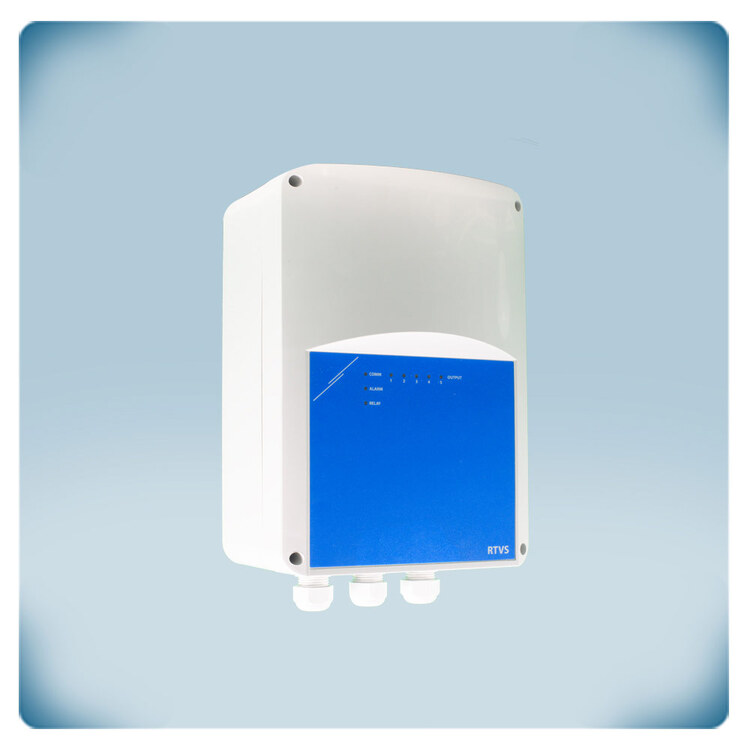
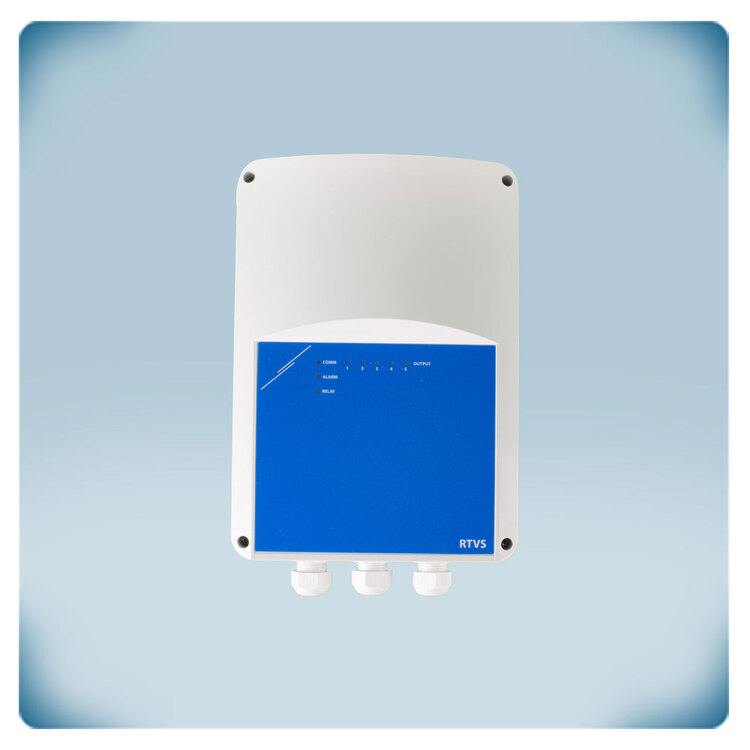
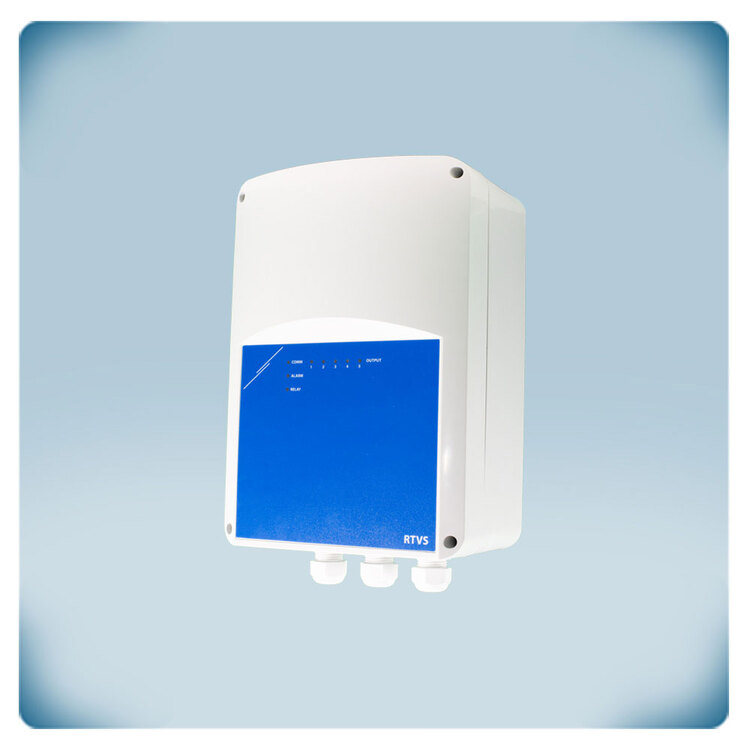
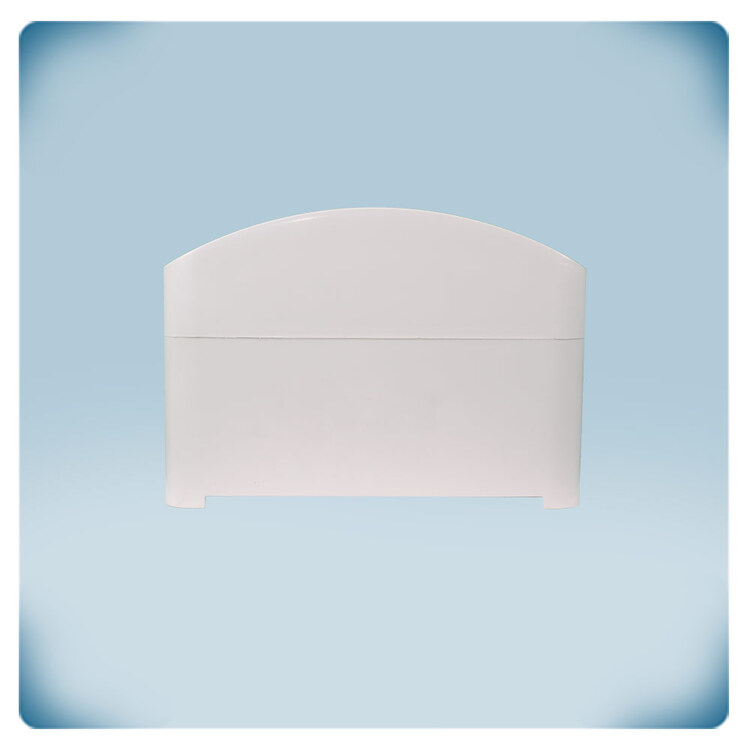
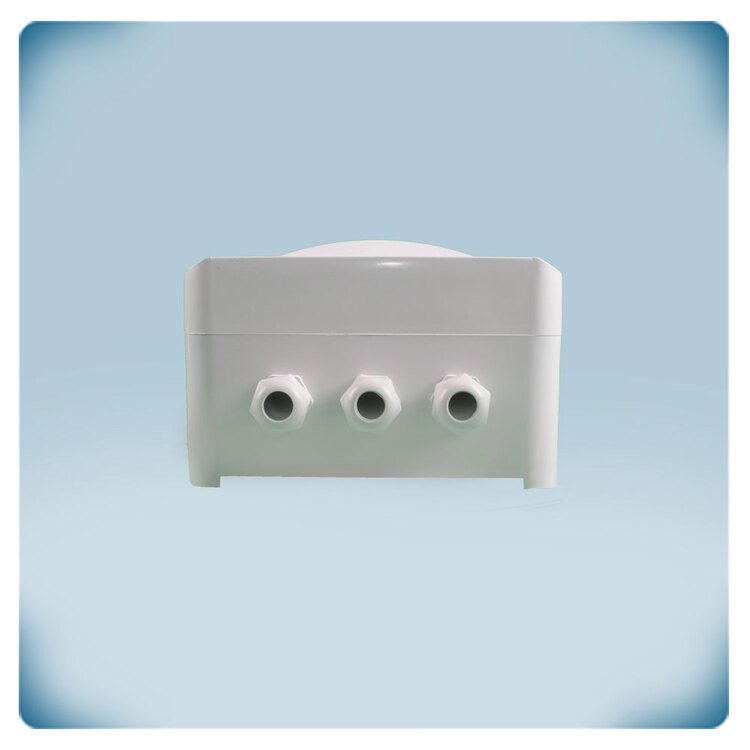
.webp)
.webp)
.webp)
.webp)
.webp)
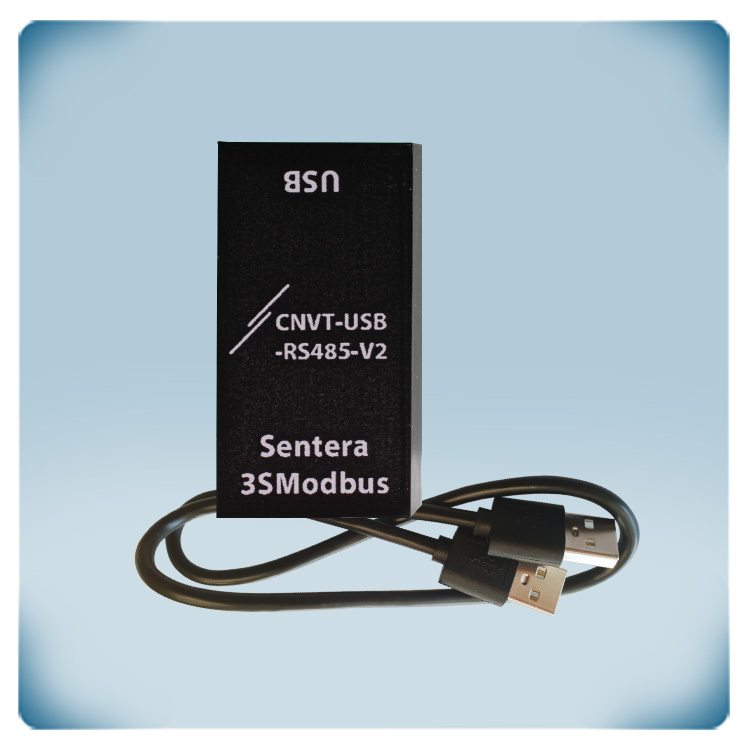
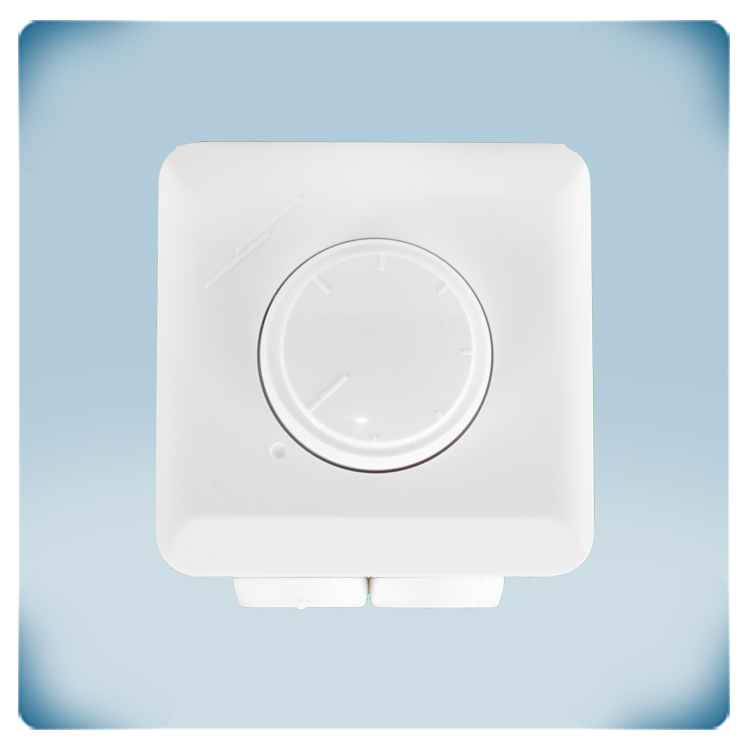
Remarks, reviews & ratings